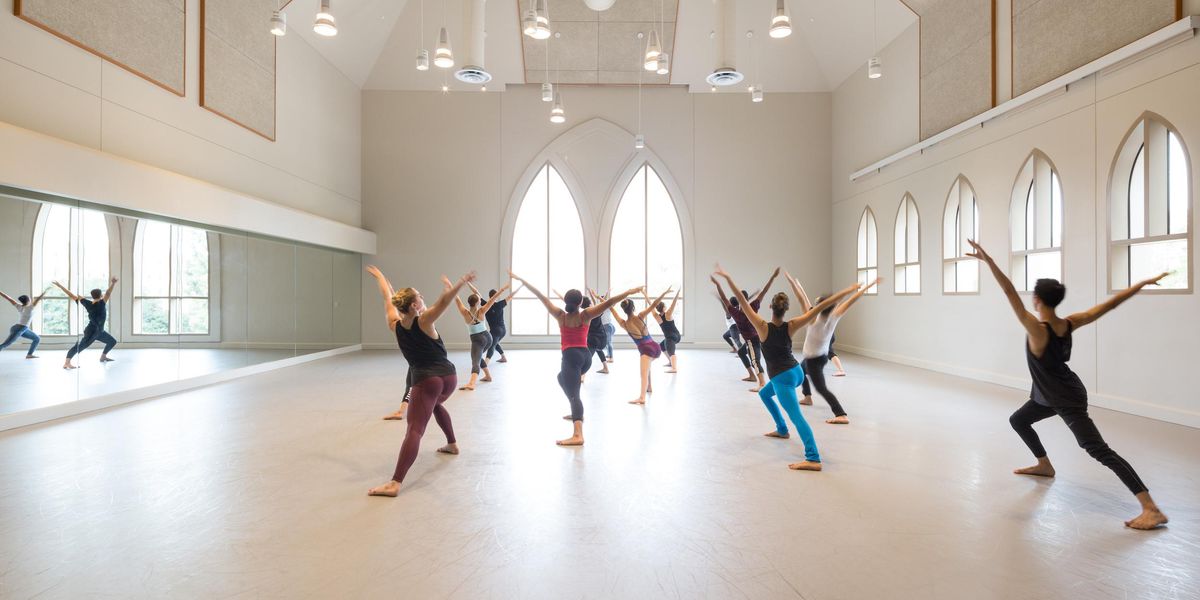Robert Lindgren (1923–2013)
Robert Lindgren with Judith Green in
Octet (1958) by Willam Christensen.
Courtesy NYCB Archives.
Since the late 1960s, University of North Carolina School of the Arts has produced some of the finest dancers and dance makers. (Think Gillian Murphy, Jonah Bokaer, Mark Dendy, and Trey McIntyre.) This is due in large part to its founding dean, Robert Lindgren, who passed away May 10 at 89.
Born in British Columbia, Lindgren performed with Ballet Theatre (now ABT) in the early 1940s. After serving with the Royal Canadian Air Force during World War II, he joined the Ballet Russe de Monte Carlo and later became a soloist with New York City Ballet. In addition to his work in classical ballet, he performed on television and Broadway.
After retiring from the stage in 1959, Lindgren and his wife, Sonja Tyven, whom he met while dancing with the Ballet Russe, moved to Phoenix and opened the Lindgren-Tyven School of Ballet. Soon after, the couple moved to North Carolina.
In the early 1960s, North Carolina became the first state to establish a public, residential high school for the arts. North Carolina School of the Arts opened in 1965 in Winston-Salem, and Lindgren was appointed the first dean of dance. Adam Miller, a UNCSA alum and a former Pacific Northwest Ballet principal, recalls Lindgren’s early days at NCSA: “I remember him talking about how within any week, he and his wife had worked with Balanchine or Peter Gennaro, taking class at Carnegie Hall, rehearsing with Antony Tudor,” says Miller, who teaches ballet in Seattle now. “He made those experiences a part of our legacy.”
Lindgren founded North Carolina Dance Theatre in 1970 as an extension of the school. The company moved to Charlotte in 1990, and is now thriving as an independent professional company under the direction of Jean-Pierre Bonnefoux.
One of Lindgren’s most lasting contributions to UNSCA ( “University” was added to school’s name in 2008) was the school’s annual Nutcracker, which Lindgren and Tyven first choreographed in the mid-1960s. Lindgren passed on the Russian tradition he had inherited to UNCSA students. Miller, for example, learned the Nutcracker prince’s mime sequence that Lindgren knew from dancing with the Ballet Russe. And today, UNCSA’s Nutcracker remains a central part of the region’s holiday festivities. It’s a giant production—the music, design, and dance departments collaborate, and renowned guest artists (like ABT principal Veronika Part and former NYCB principal Charles Askegard in 2012) are invited to perform.
Lindgren left UNCSA in 1987 when Lincoln Kirstein asked him to direct the School of American Ballet. He retired from SAB in 1991 and returned to Winston-Salem. In his later years, he helped establish the Carolina Ballet in Raleigh, and was a visiting guest artists at Wake Forest University. For a time, he also served as director of the South Carolina Governor’s School for the Arts. He received honorary doctorates from Wake Forest in 1976 and UNCSA in 2006. —Jenny Dalzell




